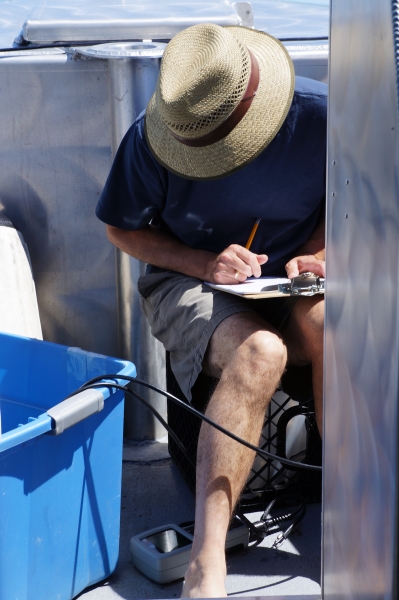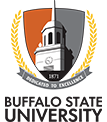Offshore LENONS project
-
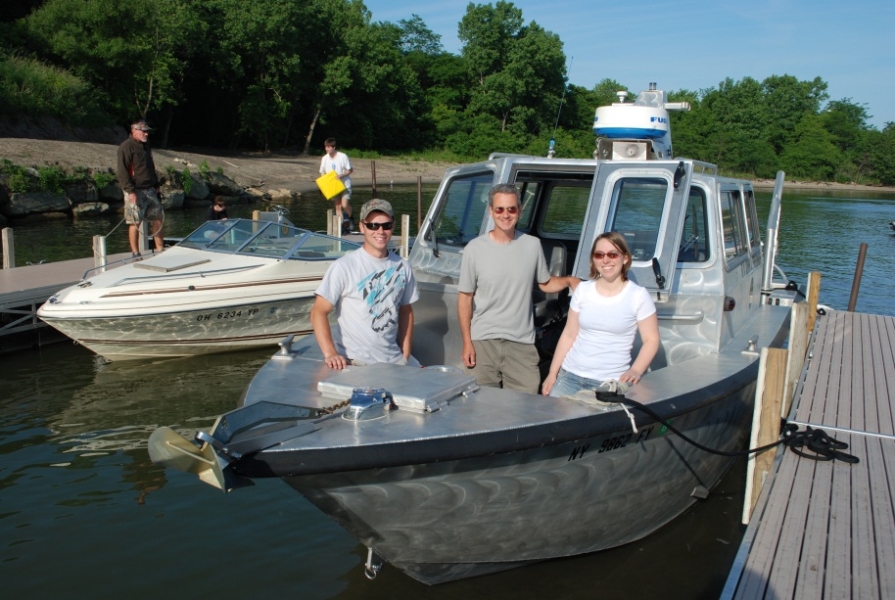
1/47
The 2012 offshore LENONS team: student Steve Sliwinski, Mark Clapsadl, and Kit Hastings.
Download Image -
-

3/47
Student Steve Sliwinski and Mark Clapsadl head out to their first site in Huron, Ohio.
Download Image -
-
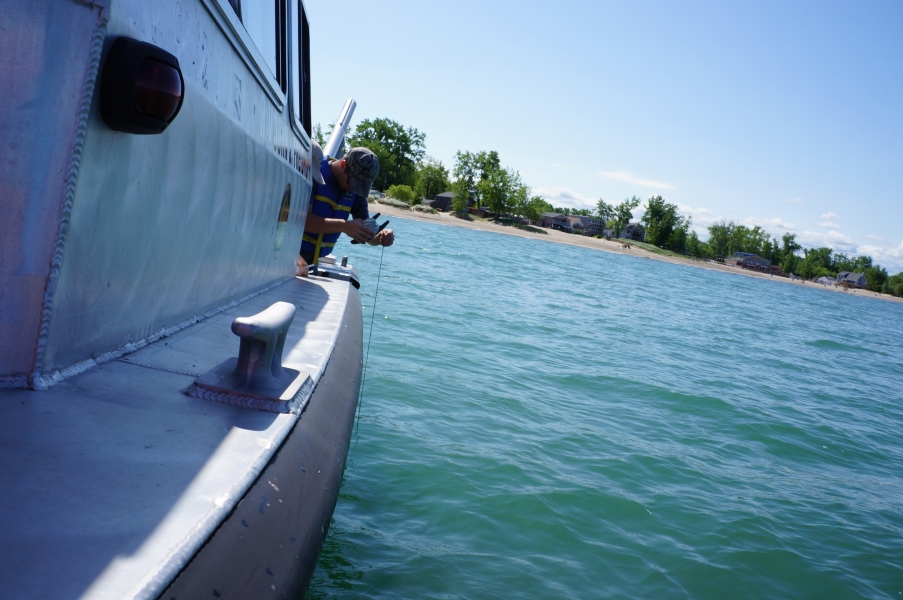
-
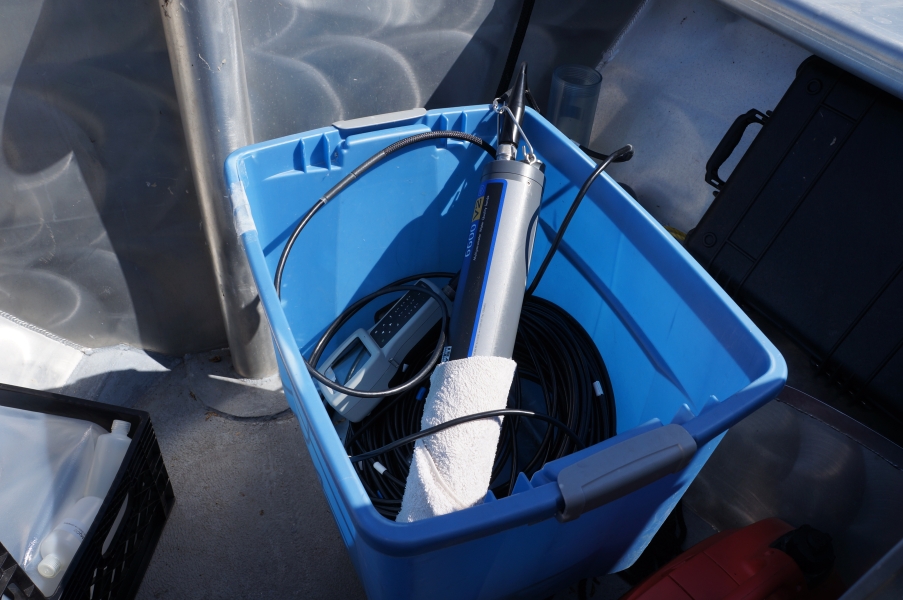
-
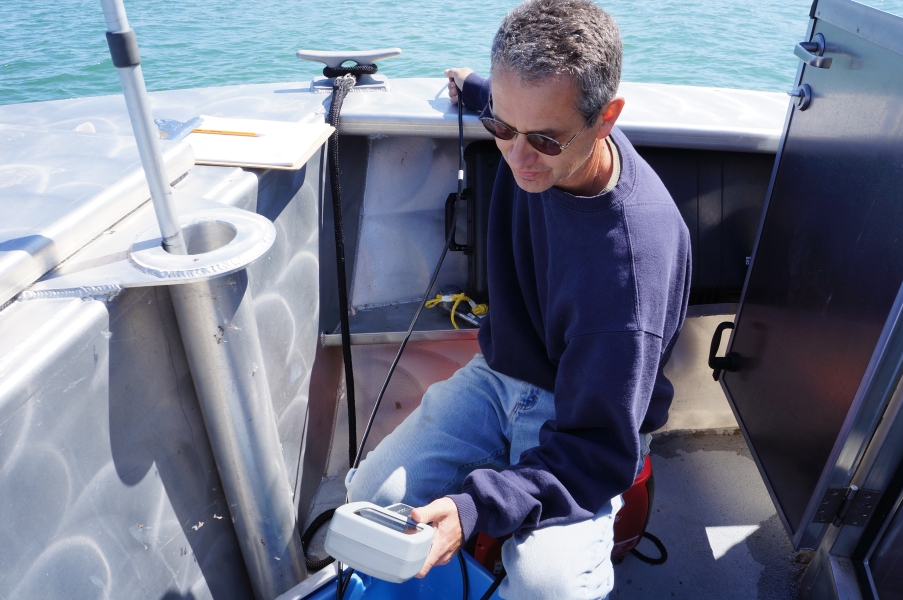
-
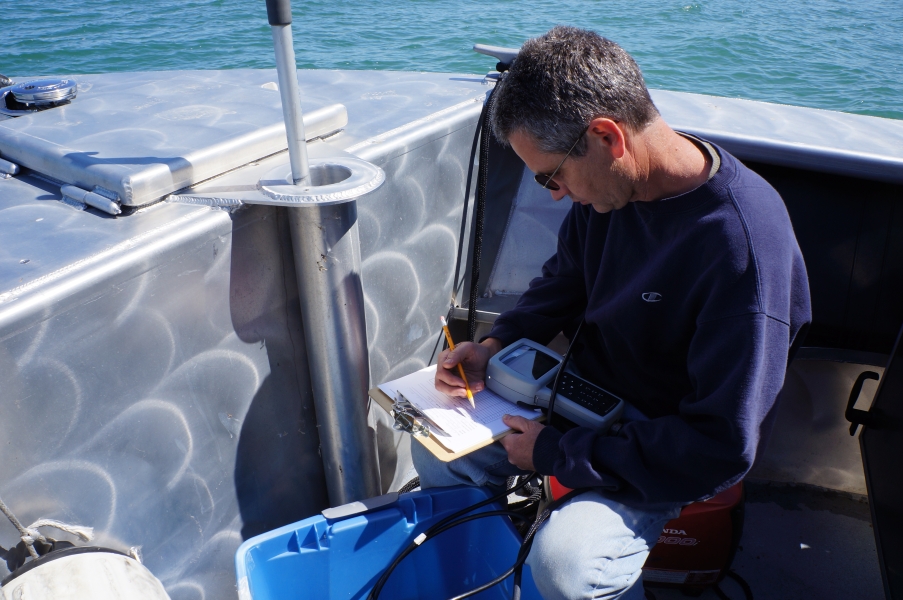
-

-
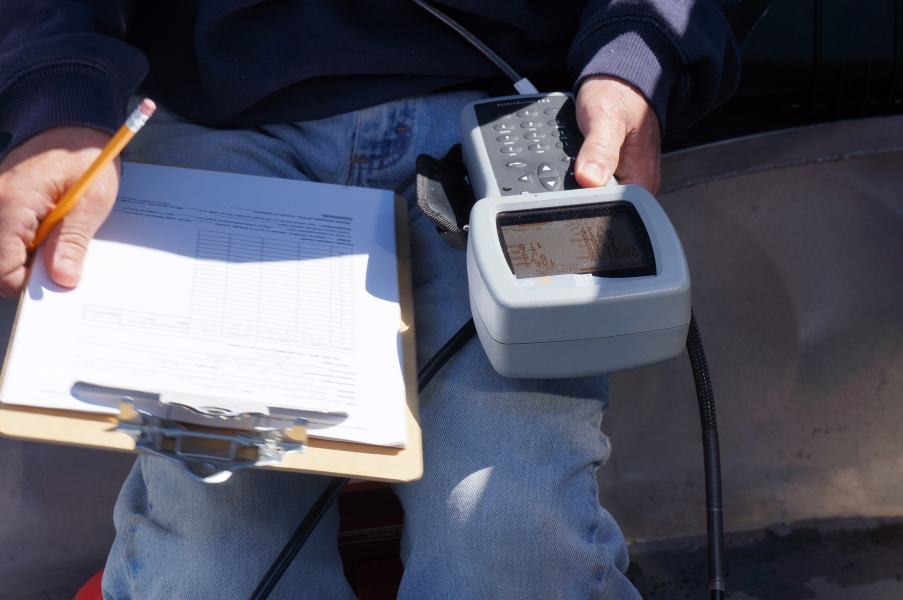
-

11/47
Mark Clapsadl wraps the sonde in a towel to keep the sensors damp between stations.
Download Image -
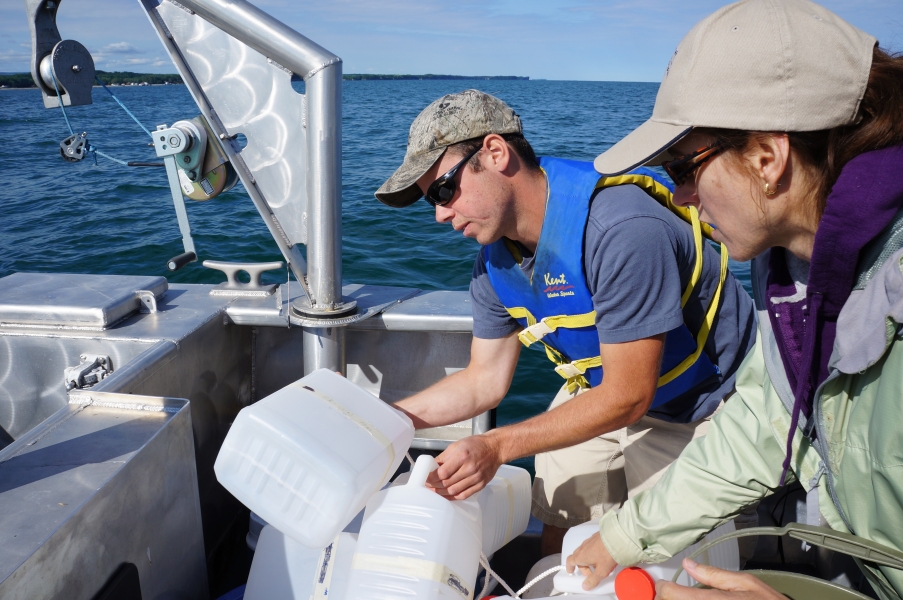
12/47
Steve Sliwinski and Dr. Alicia Pérez-Fuentetaja sorting our bottles for the day.
Download Image -
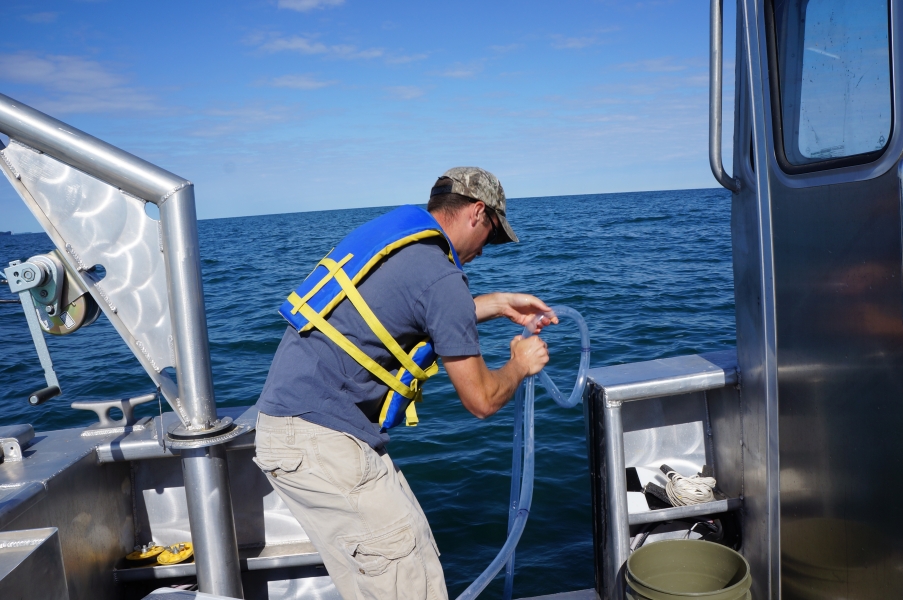
13/47
The water sampling tube is lowered into the water and cinched to grab a composite water sample.
Download Image -
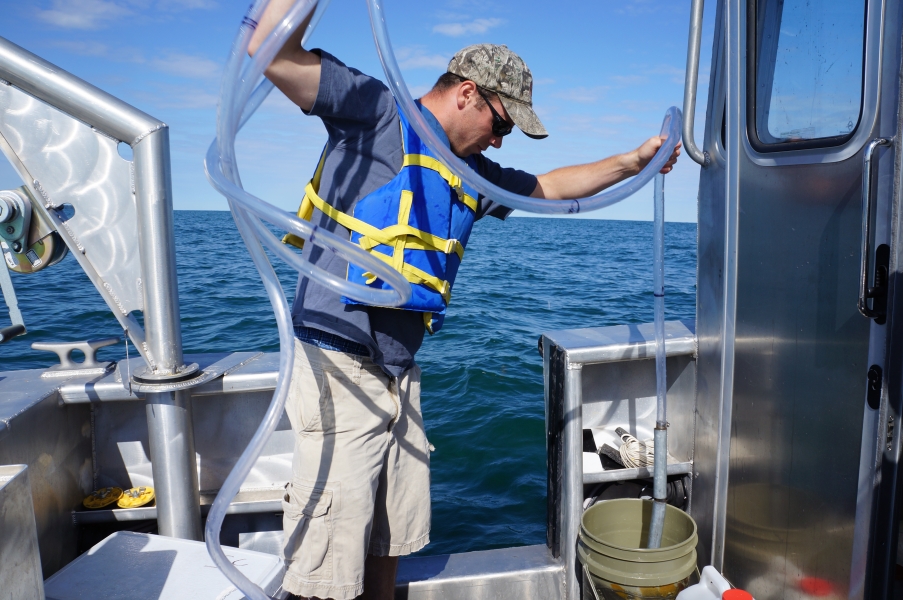
14/47
Then it is emptied into a clean bucket for subsampling; repeat until the bucket is full enough.
Download Image -
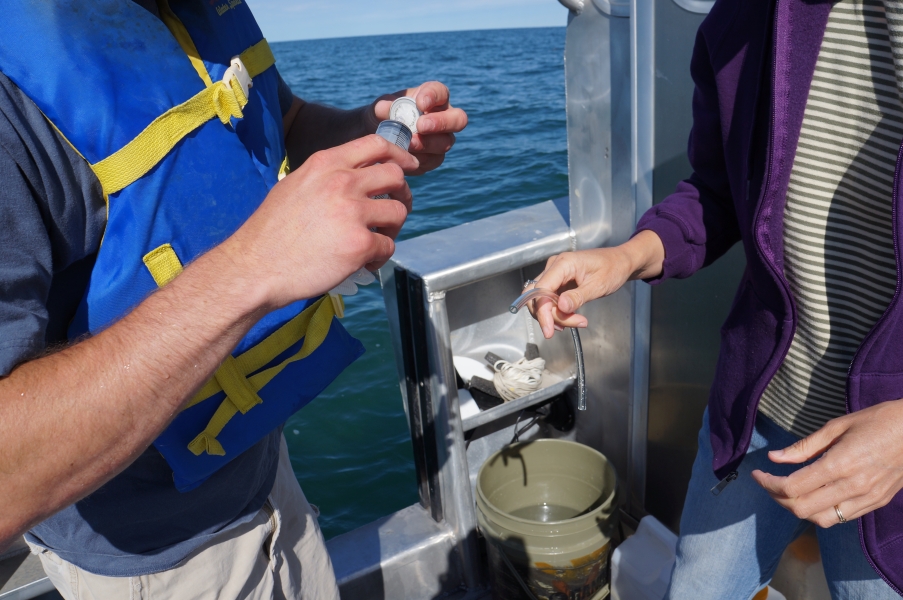
15/47
Attaching a filter to a syringe; some of the water samples needed to be filtered.
Download Image -
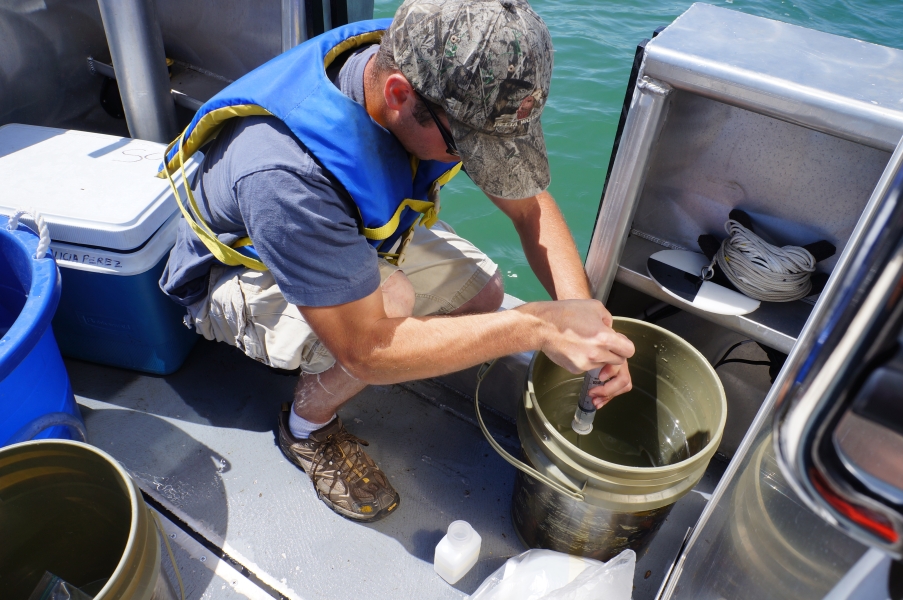
-
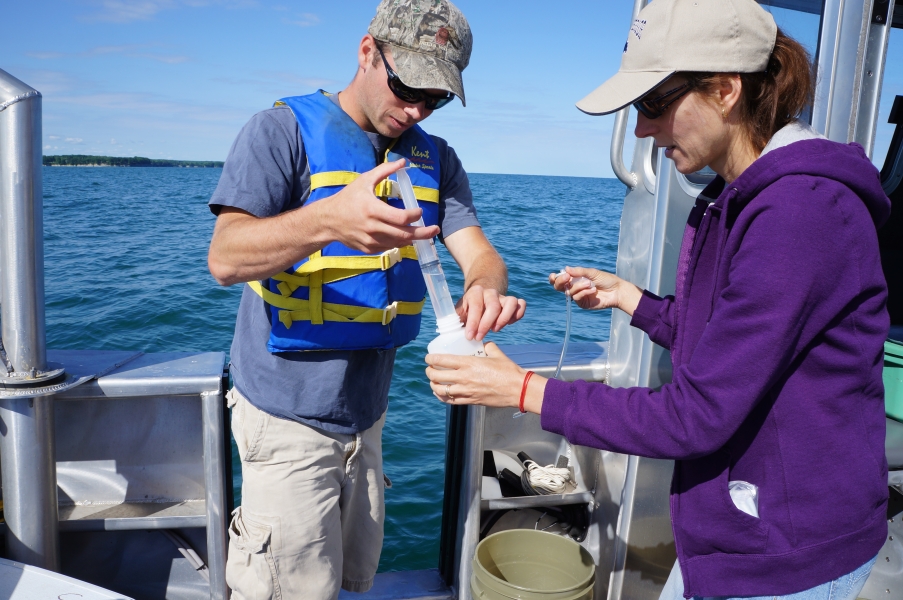
-
-

-

-
-
-

-
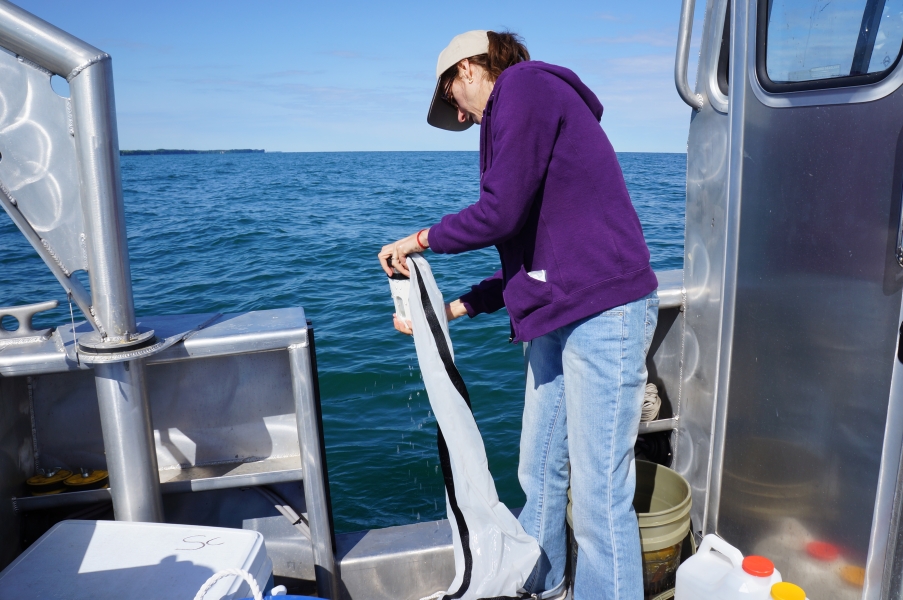
-
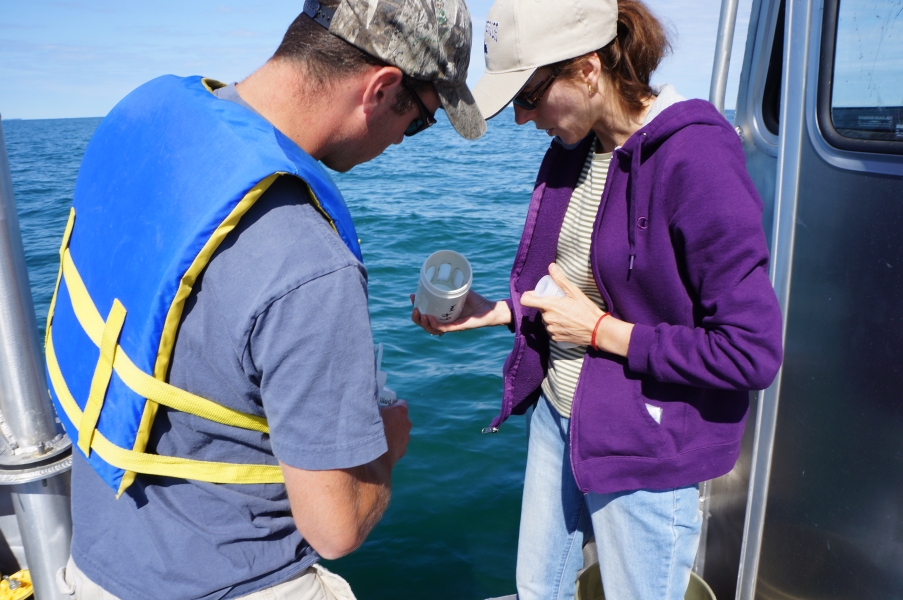
-
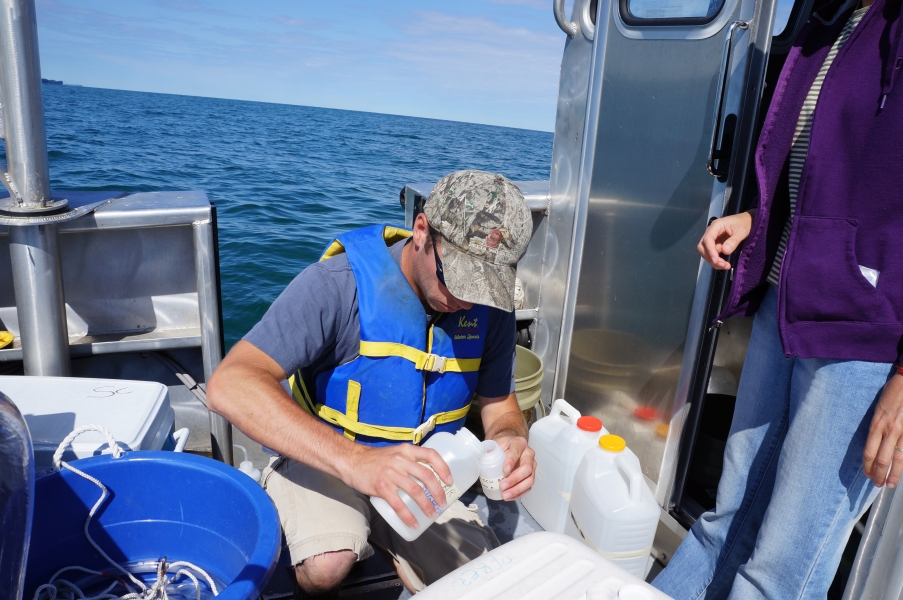
-
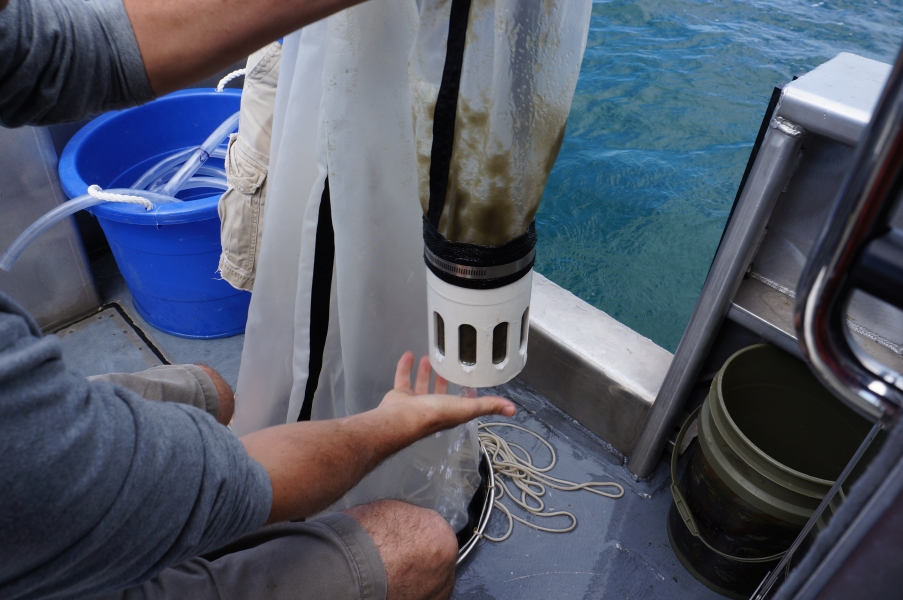
-
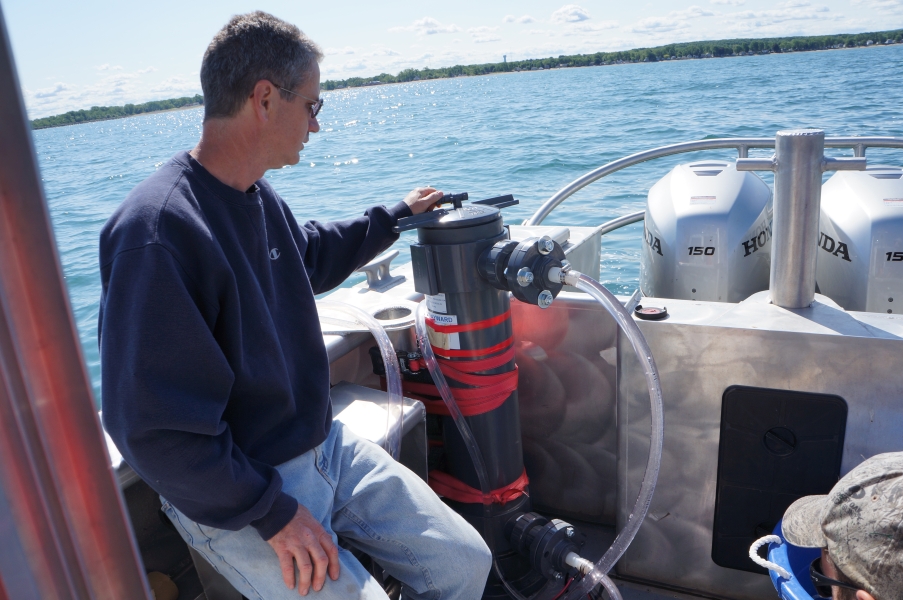
28/47
We need to sample a lot of water to fill some cubitainers. First we use the filter housing without a filter.
Download Image -
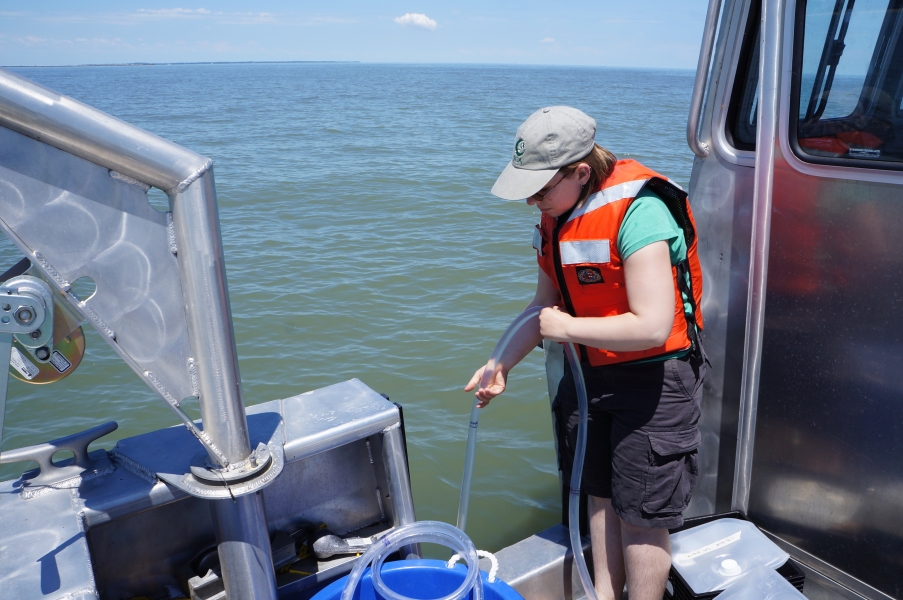
-
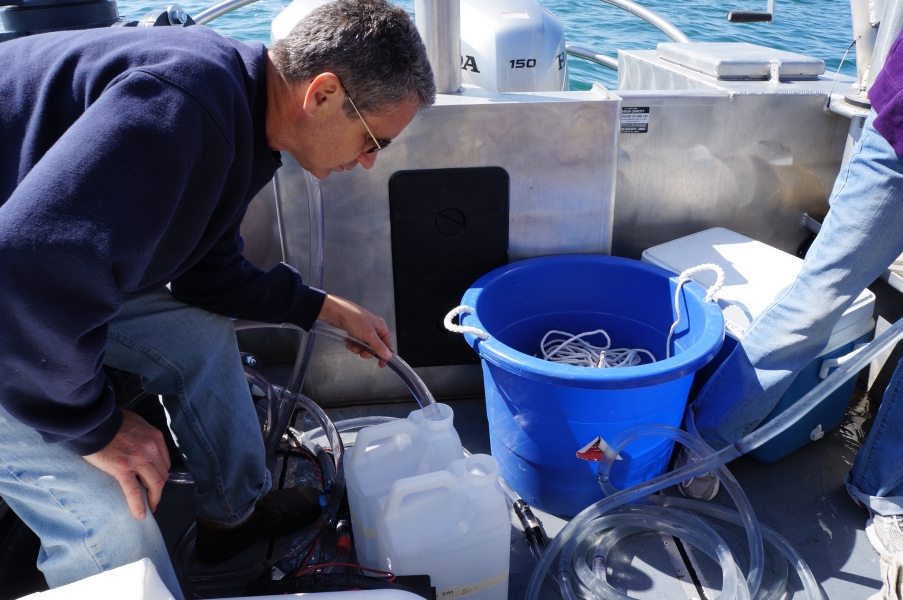
-
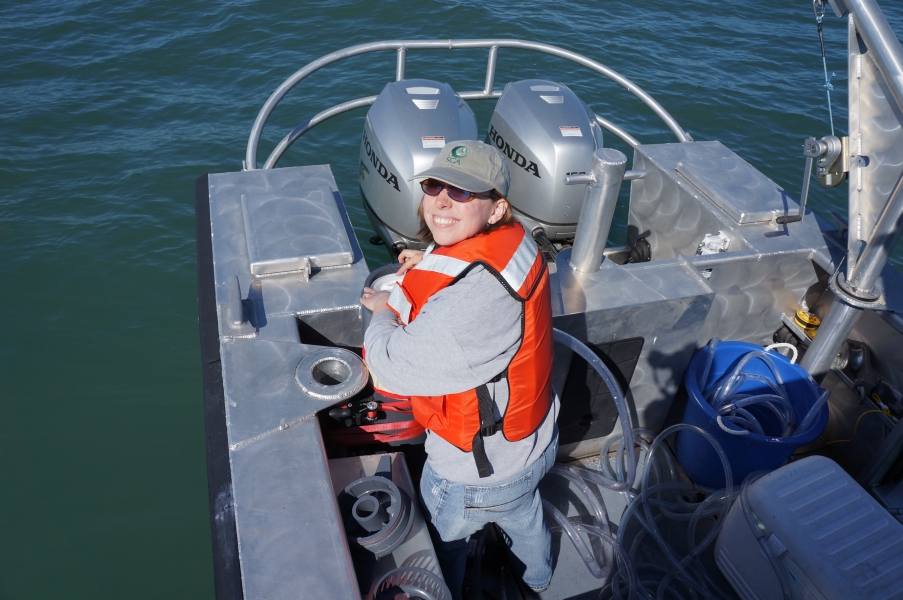
-
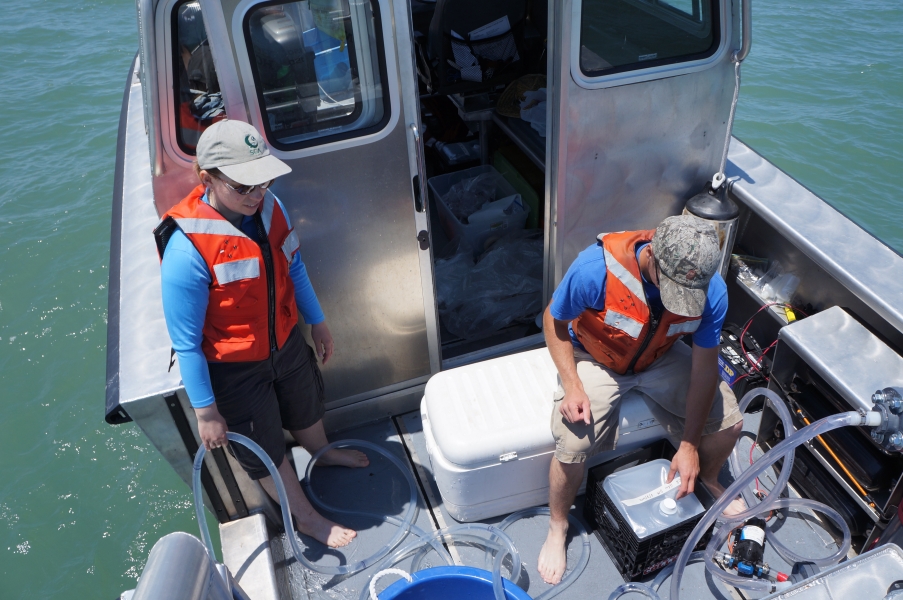
-
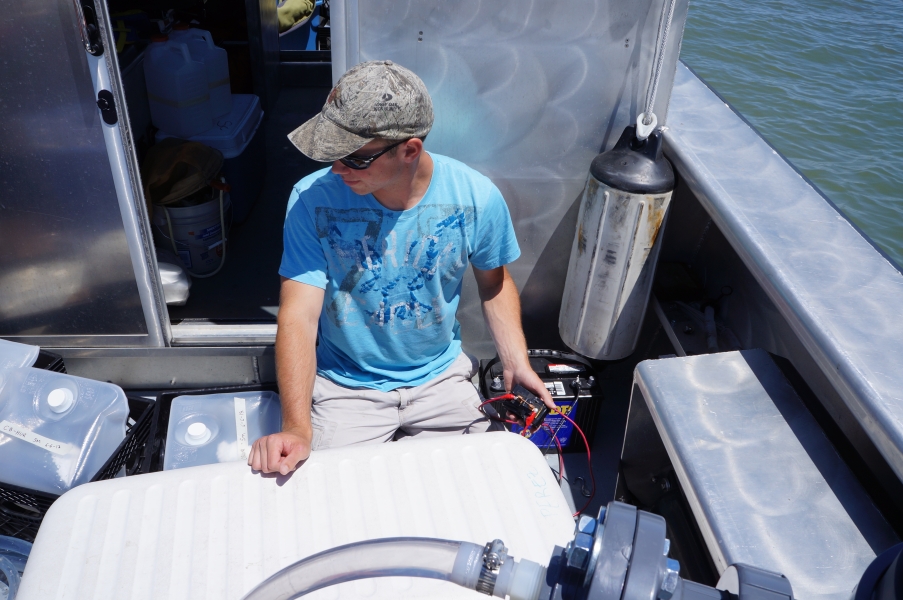
-

-
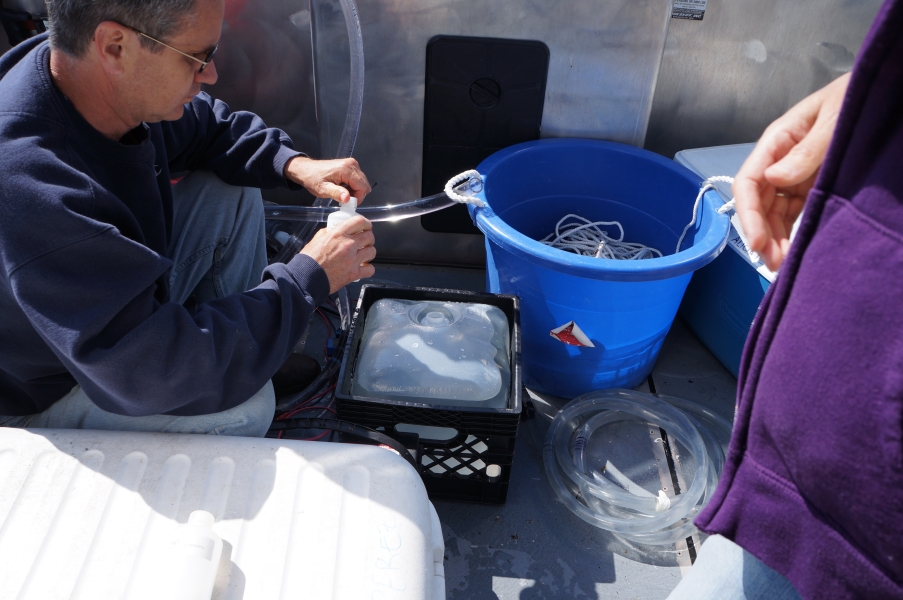
-
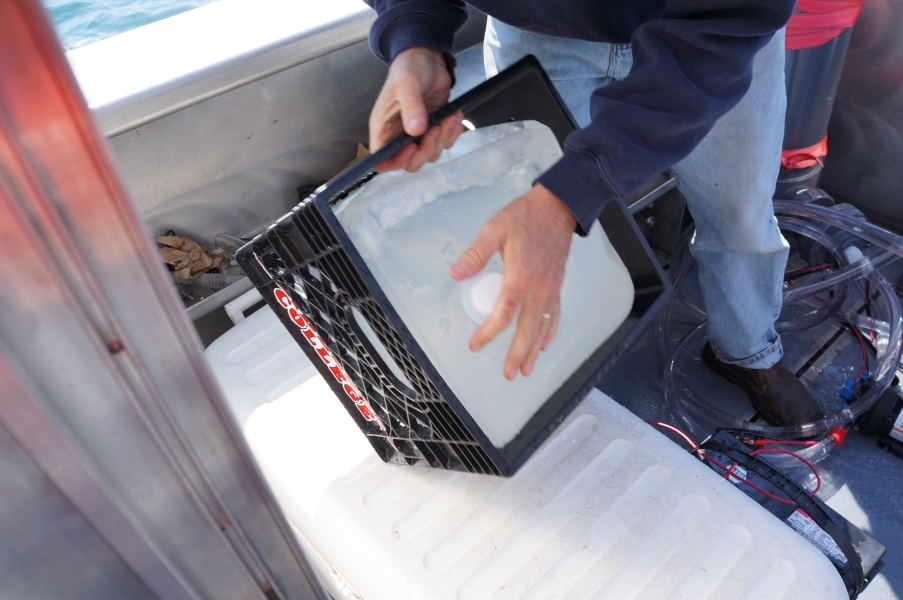
-

-
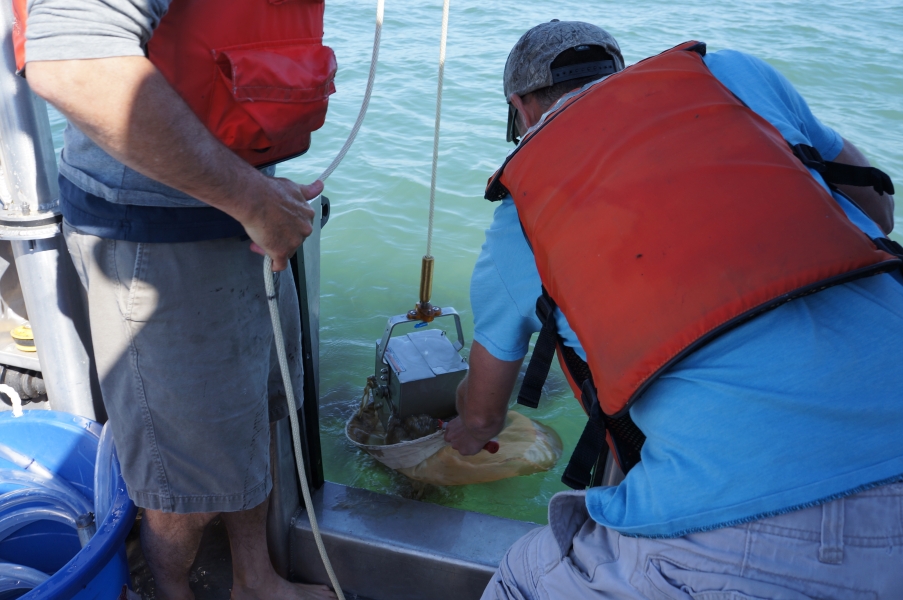
-
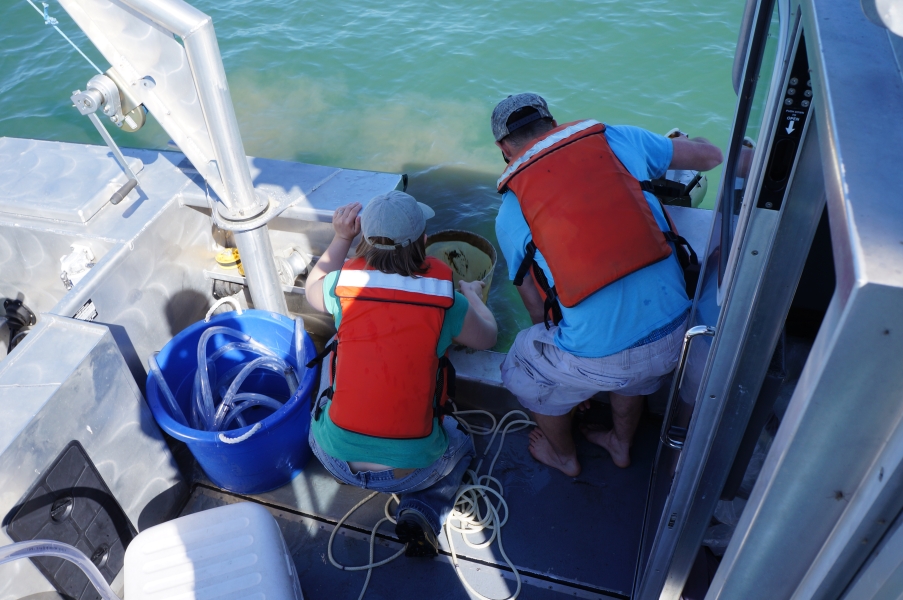
39/47
Kit Hastings washes the excess sediment from the net while Steve Sliwinski does the next grab.
Download Image -
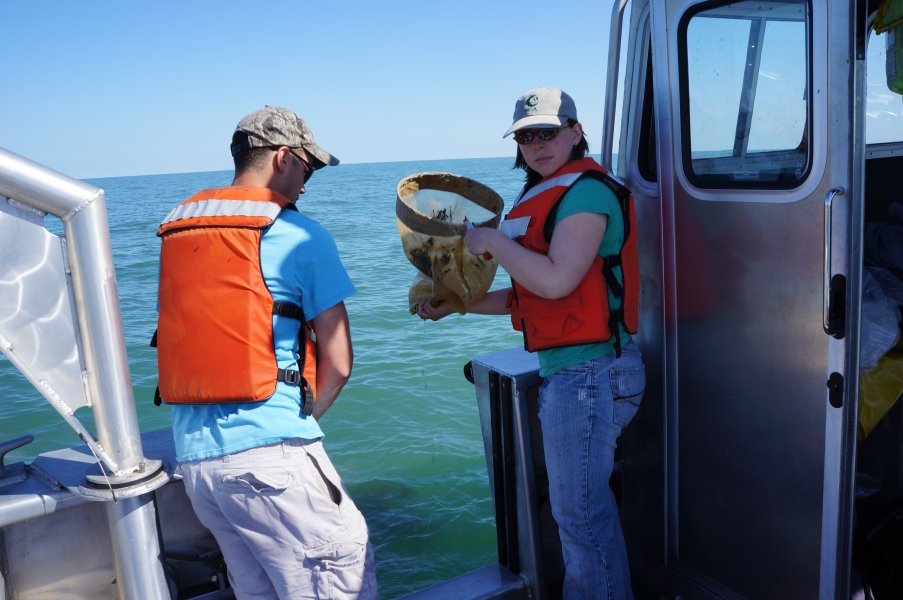
-
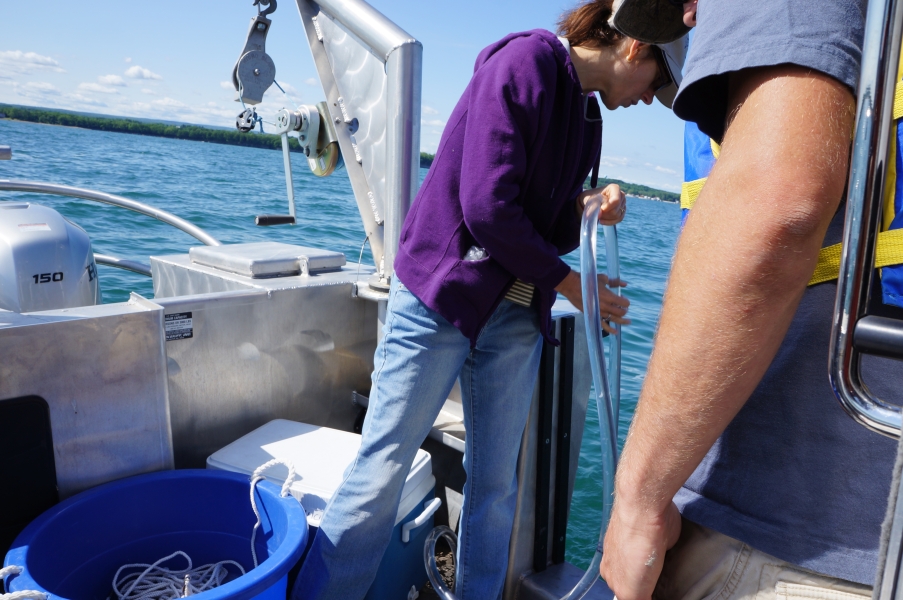
-

-
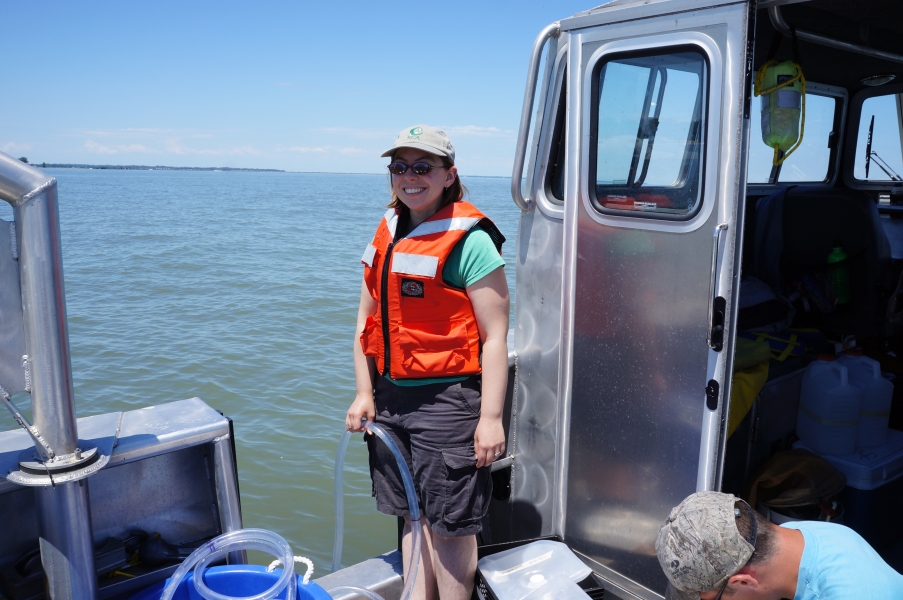
-
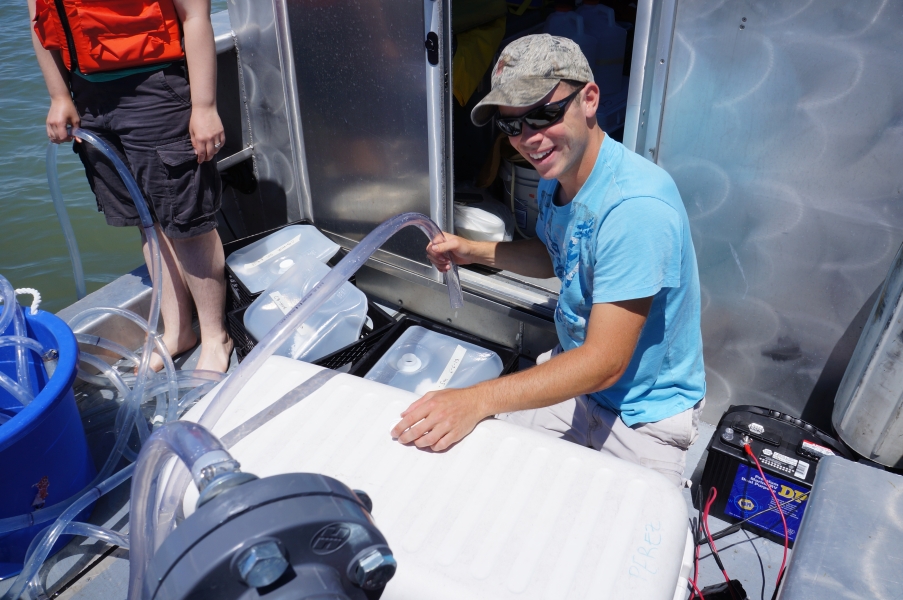
-
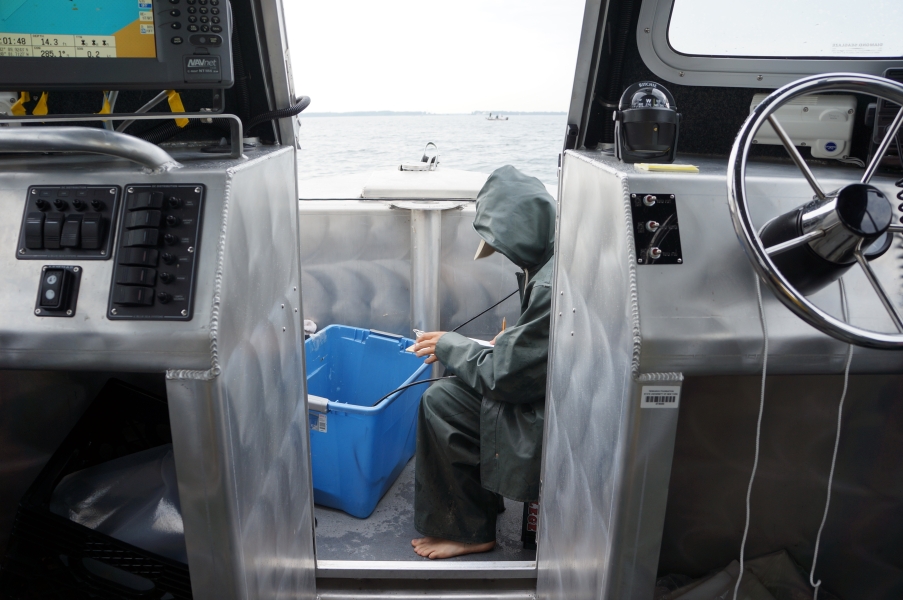
-
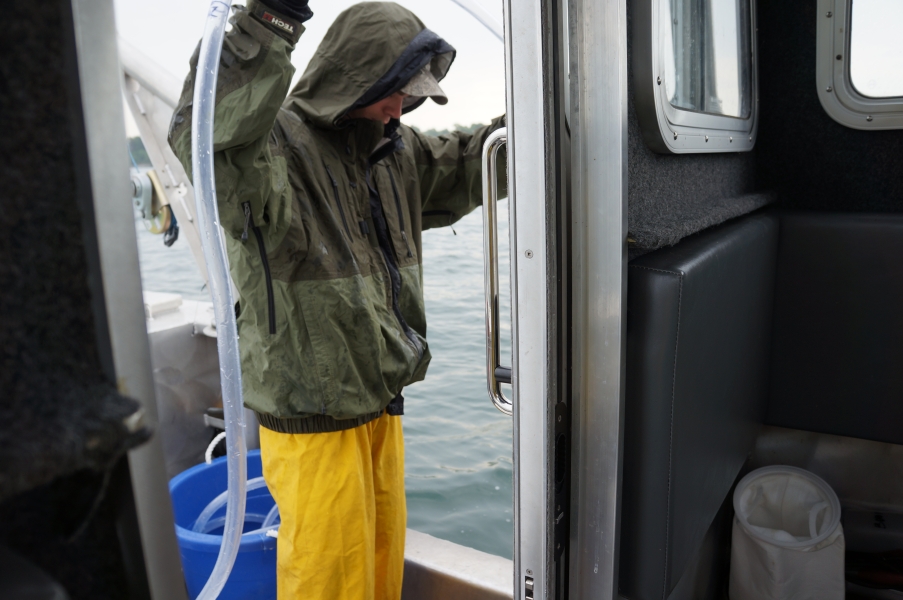
-
